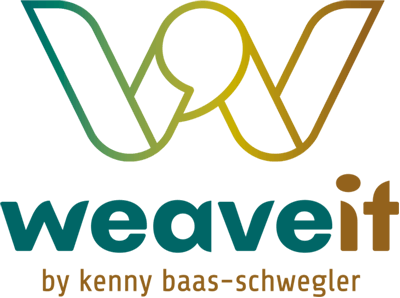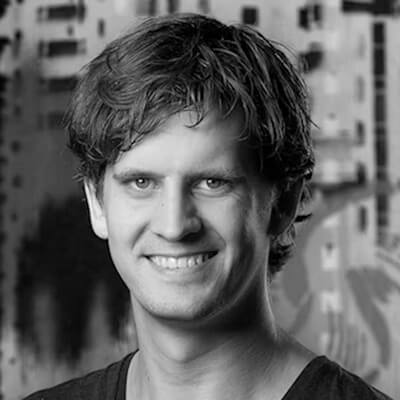As a business, we want to make sure our software can handle changes when the business changes. We want to define boundaries that support the flow of the business value. Within Domain-Driven Design we have the perspective of strategic design. A perspective where we can split a large-system into multiple sub-domains, each having its purpose and responsibilities.
Within these sub-domains, teams can work in autonomous, clean bounded contexts. One of the most effective ways to define these boundaries is by collaborative modelling with all the stakeholders involved in these domains. But that poses real challenges; What exactly is the definition of a (sub)domain? What is problem space? How can we form a common language of these boundaries? How does a customer journey fit in? And how do you decide and come to a single model in a large group, where everyone shares that same model on a high level?
Join us in this talk where we will show and tell war stories about our experience of having done collaborative modelling in several companies. We will tell our successes, but more importantly our failures and what we learned from them. What are the key heuristics we think that makes a collaborative modelling session with 30+ people, without any DDD knowledge, succeed? What are the skills we need to learn to facilitate it, and how can we make a company not dependent on us as consultants to continue their journey? You will leave with the knowledge of how to start your own collaborative modelling of your domain boundaries. We tell you our definition of (sub)domains, problems and solution space, and how we explained it to the companies we consulted. Providing you with new perspectives on how to embed this as a ritual in your company.

